Home>Furniture & Design>Interior Design Trends>How To Secure Glass Table Top To Base
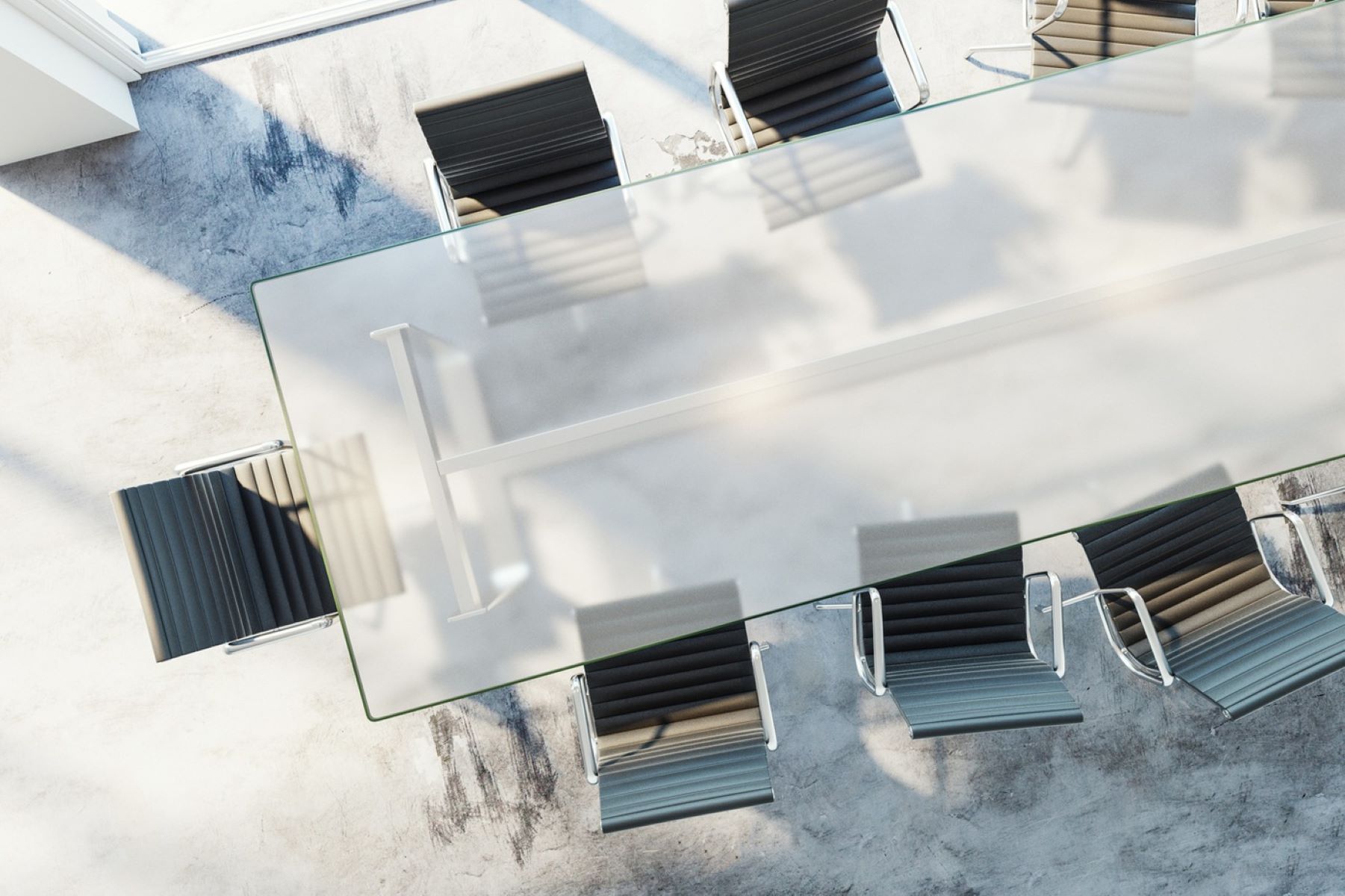

Interior Design Trends
How To Secure Glass Table Top To Base
Modified: August 22, 2024
Learn the latest interior design trends for securing a glass table top to its base. Discover expert tips and techniques for a stylish and secure setup.
(Many of the links in this article redirect to a specific reviewed product. Your purchase of these products through affiliate links helps to generate commission for Storables.com, at no extra cost. Learn more)
Introduction
Securing a glass table top to its base is a crucial step in ensuring the stability and safety of the furniture piece. Whether you are assembling a new table or reattaching a glass top to its base, the process requires careful attention to detail and the use of appropriate materials. By following the steps outlined in this guide, you can effectively secure a glass table top to its base, providing peace of mind and a stylish addition to your living space. Let's delve into the essential steps and materials needed to accomplish this task successfully.
Key Takeaways:
- Securing a glass table top to its base requires gathering materials, preparing the base and glass, applying adhesive, and allowing it to cure. This ensures a stable and visually appealing furniture piece.
- By following the detailed steps and being patient during the curing process, you can achieve a strong and enduring bond between the glass and the base, adding elegance to your living space.
Read more: How To Build A Glass Top Coffee Table
Step 1: Gather Necessary Materials
Before embarking on the process of securing a glass table top to its base, it is essential to gather the necessary materials. Ensuring that you have the right tools and supplies at hand will streamline the task and contribute to a successful outcome. Here's a comprehensive list of the materials you will need:
-
Glass Table Top: The glass top itself is, of course, a fundamental component. Ensure that it is the correct size and shape for your table base, and inspect it for any damage or imperfections before proceeding.
-
Table Base: This includes the frame or structure on which the glass top will rest. It's crucial to have the base ready and positioned in the desired location before attaching the glass.
-
Adhesive: Select a high-quality adhesive specifically designed for glass. It's important to choose an adhesive that provides a strong bond and is suitable for the type of glass you are working with.
-
Protective Gloves: Working with glass and adhesive requires caution. Protect your hands with a pair of durable gloves to prevent any potential injuries.
-
Cleaning Supplies: Before attaching the glass top, ensure that both the base and the underside of the glass are thoroughly cleaned. This may include glass cleaner, a lint-free cloth, and rubbing alcohol to remove any dirt, dust, or residue.
-
Measuring Tape: Accurate measurements are crucial for ensuring that the glass top aligns perfectly with the base. A measuring tape will help you confirm the dimensions and make any necessary adjustments.
-
Masking Tape: This can be used to mark the placement of the glass on the base, providing a visual guide during the attachment process.
-
Level: To ensure that the glass top sits evenly on the base, a level will help you make any adjustments to the positioning.
By gathering these essential materials, you will be well-prepared to proceed with securing the glass table top to its base effectively and efficiently. Each item plays a critical role in the process, contributing to the stability and aesthetic appeal of the finished furniture piece. With these materials at your disposal, you are ready to move on to the next step of preparing the base and glass table top for attachment.
Step 2: Prepare the Base and Glass Table Top
Before attaching the glass table top to its base, it is crucial to ensure that both the base and the glass surface are meticulously prepared. This step not only contributes to the overall stability of the table but also enhances the visual appeal of the finished piece. Here's a detailed guide on how to prepare the base and glass table top for secure attachment:
Inspect and Clean the Base:
Begin by thoroughly inspecting the table base for any dust, debris, or irregularities that may affect the attachment process. Use a damp cloth to wipe down the base, removing any accumulated dirt or residue. Ensure that the surface is completely clean and dry before proceeding to the next step.
Clean the Glass Table Top:
Similarly, the underside of the glass table top should be cleaned to remove any dirt, fingerprints, or smudges that could interfere with the adhesive bond. Use a high-quality glass cleaner and a lint-free cloth to achieve a pristine surface. For stubborn residues, a small amount of rubbing alcohol can be applied to ensure a completely clean and dry glass surface.
Read more: How To Style A Vintage Glass Top Side Table
Measure and Mark Placement:
With the base and glass top cleaned, it's time to position the glass on the base. Using a measuring tape, carefully determine the exact placement of the glass on the base, ensuring that it is centered and aligned according to your preferences. Once the desired position is determined, use masking tape to mark the placement on the base. This visual guide will aid in accurately aligning the glass during the attachment process.
Verify Stability and Leveling:
Before applying the adhesive, ensure that the base is stable and level. Use a level to confirm that the base is positioned evenly, making any necessary adjustments to achieve stability. This step is crucial in ensuring that the glass top rests securely on the base, minimizing the risk of imbalance or instability once attached.
By meticulously preparing the base and glass table top, you set the stage for a successful attachment process. The cleanliness and stability achieved during this step will contribute to a secure and visually appealing final result. With the base and glass top prepared, you are now ready to proceed with applying the adhesive to secure the glass table top to its base.
Step 3: Apply Adhesive
Applying the adhesive is a critical step in securing the glass table top to its base effectively. The adhesive serves as the bonding agent that ensures the glass remains firmly attached to the base, providing stability and durability. Here's a detailed guide on the process of applying adhesive to achieve a strong and reliable bond:
Selecting the Right Adhesive:
Choosing the appropriate adhesive is paramount to the success of this step. Opt for a high-quality glass adhesive that is specifically formulated for this purpose. It's essential to ensure that the adhesive is suitable for the type of glass you are working with and is designed to create a strong, long-lasting bond. Read the manufacturer's instructions carefully to understand the application process and any specific considerations for the type of glass and base materials being used.
Applying the Adhesive:
With the glass top and base prepared, carefully apply the adhesive according to the manufacturer's guidelines. Using a steady hand, apply a thin, even layer of adhesive to the designated areas on the base where the glass will make contact. Take care to apply the adhesive precisely within the marked placement to avoid any excess seepage once the glass is positioned.
Positioning the Glass:
Once the adhesive is applied, it's time to carefully position the glass table top onto the base. Align the glass with the previously marked placement, ensuring that it sits evenly and securely on the adhesive-coated areas of the base. Take your time to make any necessary adjustments to achieve the desired positioning before the adhesive sets.
Excess Adhesive Cleanup:
After the glass is securely positioned on the base, any excess adhesive that may have seeped out can be carefully cleaned using a suitable solvent recommended by the adhesive manufacturer. It's important to remove any visible traces of excess adhesive to maintain the aesthetic appeal of the table while ensuring a clean and polished finish.
Allow for Curing Time:
Once the glass is in place, allow the adhesive to cure as per the manufacturer's instructions. This curing time is crucial for the adhesive to form a strong bond between the glass and the base. Avoid placing any weight or applying pressure on the glass during this curing period to allow the adhesive to set undisturbed.
By meticulously following these steps to apply the adhesive, you can ensure a secure and reliable attachment of the glass table top to its base. The proper application of adhesive is essential for creating a stable and visually appealing piece of furniture that will enhance your living space.
Read more: How To Make A Round Dining Table Base
Step 4: Secure the Glass Table Top to the Base
With the adhesive applied and the glass table top positioned on the base, the next crucial step is to secure the glass firmly in place. This process ensures that the glass remains stable and steadfastly attached to the base, providing a secure and reliable furniture piece for your living space. Here's a detailed guide on how to effectively secure the glass table top to the base:
Confirm Alignment and Stability:
Before proceeding with the securing process, carefully verify that the glass top is aligned precisely with the base. Ensure that it sits evenly and symmetrically, maintaining the desired positioning within the marked placement. Additionally, confirm that the base remains stable and level, making any final adjustments to guarantee a balanced and secure foundation for the glass top.
Fastening Mechanism Selection:
Depending on the design of the table base and the preferences of the assembly, select an appropriate fastening mechanism to secure the glass to the base. This may include discreet clips, brackets, or other hardware specifically designed for attaching glass table tops. Ensure that the chosen fasteners are suitable for the thickness and weight of the glass, providing ample support and stability.
Installation of Fastening Mechanism:
Carefully install the selected fastening mechanism according to the manufacturer's guidelines. Position the fasteners securely on the base, ensuring that they align with the edges of the glass top. Take precise measurements to guarantee that the fasteners are evenly spaced and symmetrically placed to provide balanced support for the glass.
Read more: How To Make A Marble Top Coffee Table
Secure Attachment:
Once the fastening mechanism is in place, proceed to secure the glass table top to the base by carefully fastening it using the chosen hardware. Exercise caution and precision to avoid applying excessive force that could potentially damage the glass. Ensure that the fasteners are tightened to the appropriate level, creating a secure and stable attachment without compromising the integrity of the glass.
Final Inspection:
After securing the glass to the base, conduct a thorough visual inspection to confirm that the attachment is secure and aesthetically pleasing. Verify that the glass sits evenly on the base and that the fasteners are discreetly positioned to maintain the clean and polished appearance of the furniture piece.
By following these steps to secure the glass table top to the base, you can ensure a stable, secure, and visually appealing attachment. This process contributes to the overall durability and aesthetic quality of the furniture, providing a functional and elegant addition to your living space.
Step 5: Allow the Adhesive to Cure
After securing the glass table top to its base and ensuring a precise and stable attachment, it is crucial to allow the adhesive to cure thoroughly. The curing process is essential for the adhesive to form a strong and enduring bond between the glass and the base, contributing to the long-term stability and reliability of the furniture piece. Here's a detailed guide on the importance of allowing the adhesive to cure and the recommended steps to facilitate this critical phase.
Importance of Curing:
The curing phase is a vital component of the attachment process, as it allows the adhesive to reach its optimal strength and durability. During this period, the adhesive undergoes a chemical process that solidifies its bond with the glass and the base, ensuring a secure and long-lasting attachment. By allowing the adhesive to cure fully, you enhance the overall stability and resilience of the glass table top, minimizing the risk of detachment or instability over time.
Read more: How To Use A Glass Top Stove
Manufacturer's Guidelines:
Refer to the manufacturer's instructions for the specific adhesive used, as they typically provide detailed guidelines regarding the recommended curing time. Different adhesives may require varying durations to achieve full curing, and it is essential to adhere to these guidelines meticulously. The manufacturer's instructions may also include specific recommendations for temperature and environmental conditions that are conducive to the curing process, ensuring optimal results.
Avoiding Disturbance:
During the curing period, it is crucial to avoid any disturbances or stresses on the glass table top. Refrain from placing heavy objects on the glass or applying pressure that could compromise the adhesive bond. Additionally, prevent any movements or adjustments to the table that may disrupt the curing process. By allowing the glass table top to remain undisturbed, you facilitate the complete and uninterrupted curing of the adhesive.
Patience and Monitoring:
Exercise patience during the curing phase and monitor the progress based on the recommended duration provided by the adhesive manufacturer. Avoid rushing the process, as adequate curing time is essential for the adhesive to achieve its maximum strength. Regularly inspect the attachment to ensure that the glass remains securely in place and that the adhesive is progressing through the curing process as expected.
Final Verification:
Once the recommended curing time has elapsed, perform a final verification of the attachment to confirm that the adhesive has fully cured. Ensure that the glass table top is firmly and securely attached to the base, with no signs of instability or detachment. By conducting a thorough inspection, you can affirm the successful completion of the curing phase and the establishment of a robust bond between the glass and the base.
By allowing the adhesive to cure in accordance with the manufacturer's guidelines and exercising patience throughout the process, you contribute to the overall stability and durability of the glass table top attachment. This final phase ensures that the adhesive forms a resilient bond, providing a secure and long-lasting foundation for the furniture piece in your living space.
Read more: How To Repair Glass Stove Top
Conclusion
Securing a glass table top to its base is a meticulous process that requires careful attention to detail and the use of appropriate materials and techniques. By following the comprehensive steps outlined in this guide, you can achieve a secure, stable, and visually appealing attachment that enhances the functionality and aesthetic appeal of your furniture piece.
From gathering the necessary materials to allowing the adhesive to cure, each step plays a crucial role in ensuring the successful attachment of the glass table top to its base. The meticulous preparation of the base and glass surface sets the stage for a secure attachment, while the precise application of adhesive and the selection of suitable fastening mechanisms contribute to the stability and durability of the furniture piece.
The importance of allowing the adhesive to cure fully cannot be overstated, as this phase is essential for establishing a strong and enduring bond between the glass and the base. By adhering to the manufacturer's guidelines and exercising patience during the curing process, you contribute to the long-term stability and reliability of the attachment.
Ultimately, the successful attachment of the glass table top to its base not only ensures the functionality and safety of the furniture piece but also adds a touch of elegance and sophistication to your living space. The seamless integration of the glass top with the base creates a visually striking and modern aesthetic, enhancing the overall ambiance of the room.
By following the steps outlined in this guide and paying careful attention to each phase of the attachment process, you can achieve a secure and visually appealing glass table top attachment that elevates the style and functionality of your living space. Whether you are assembling a new table or reattaching a glass top to its base, the meticulous approach outlined in this guide empowers you to create a stunning and reliable furniture piece that complements your interior design vision.
Frequently Asked Questions about How To Secure Glass Table Top To Base
Was this page helpful?
At Storables.com, we guarantee accurate and reliable information. Our content, validated by Expert Board Contributors, is crafted following stringent Editorial Policies. We're committed to providing you with well-researched, expert-backed insights for all your informational needs.
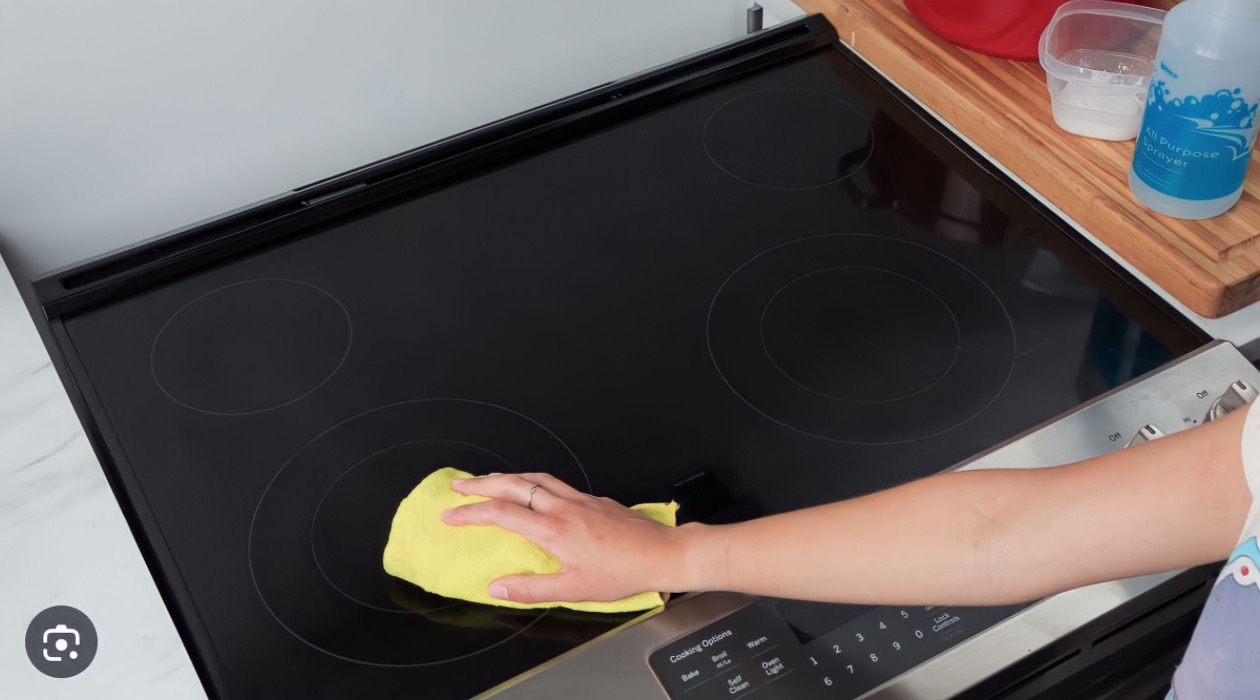

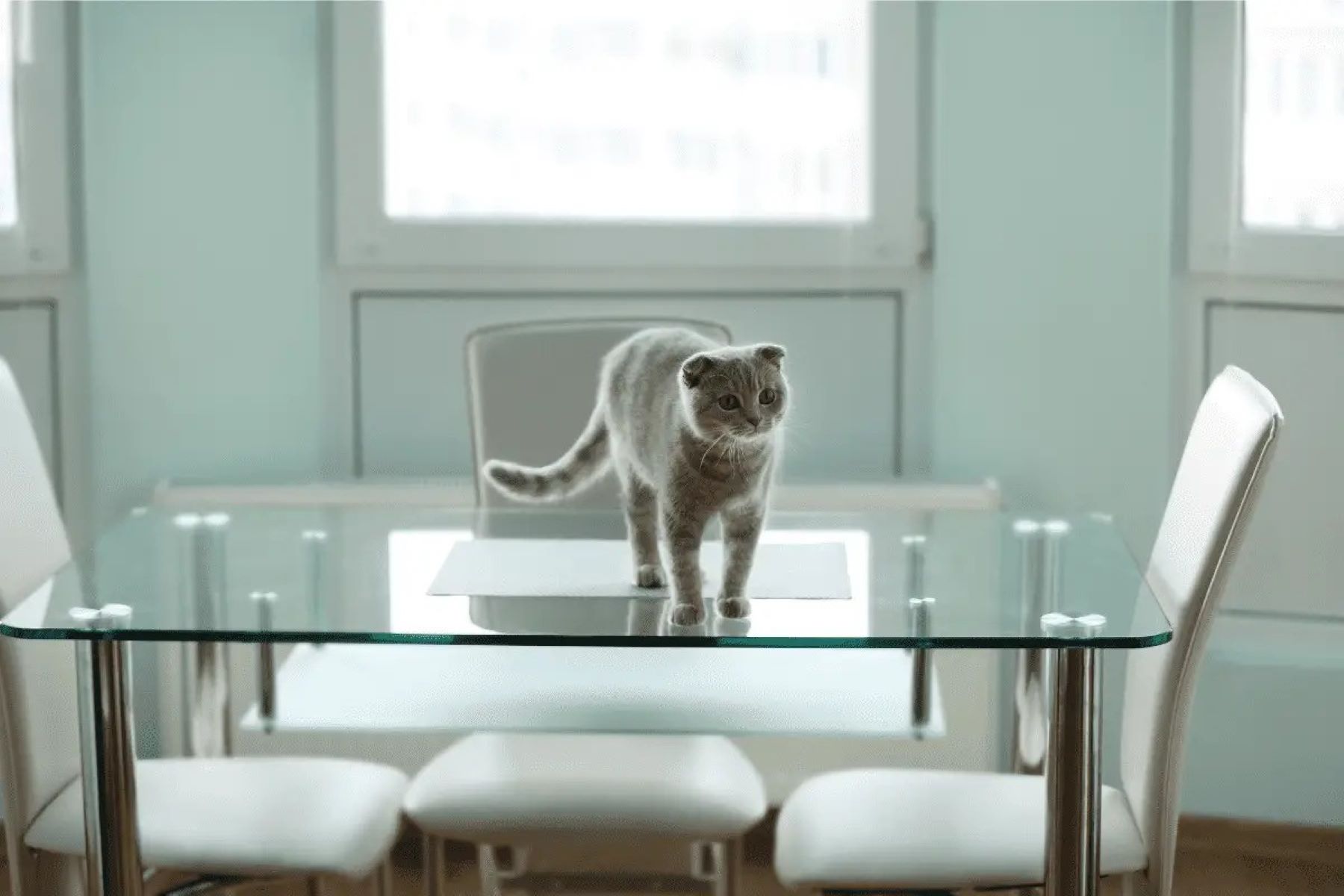
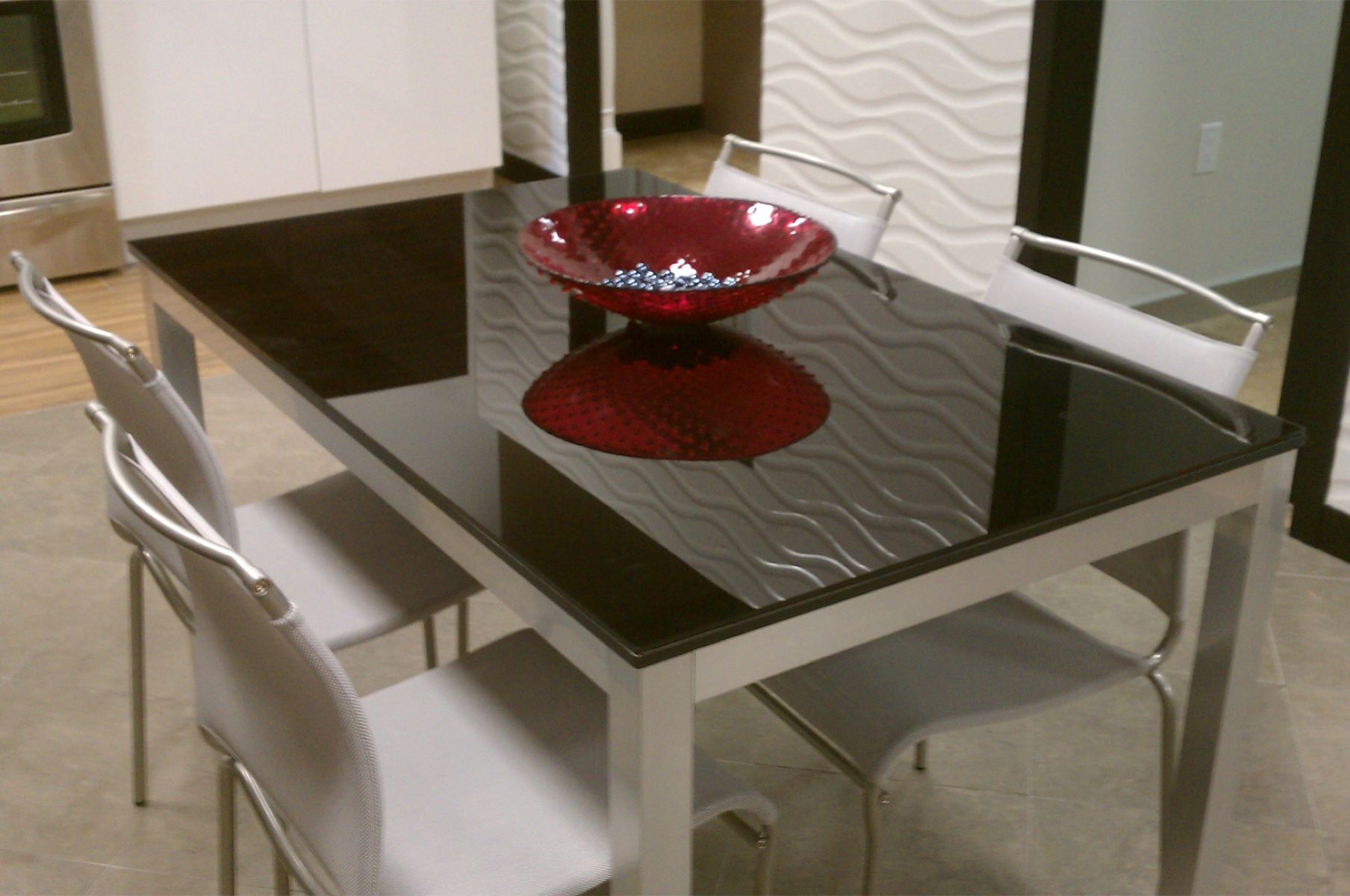
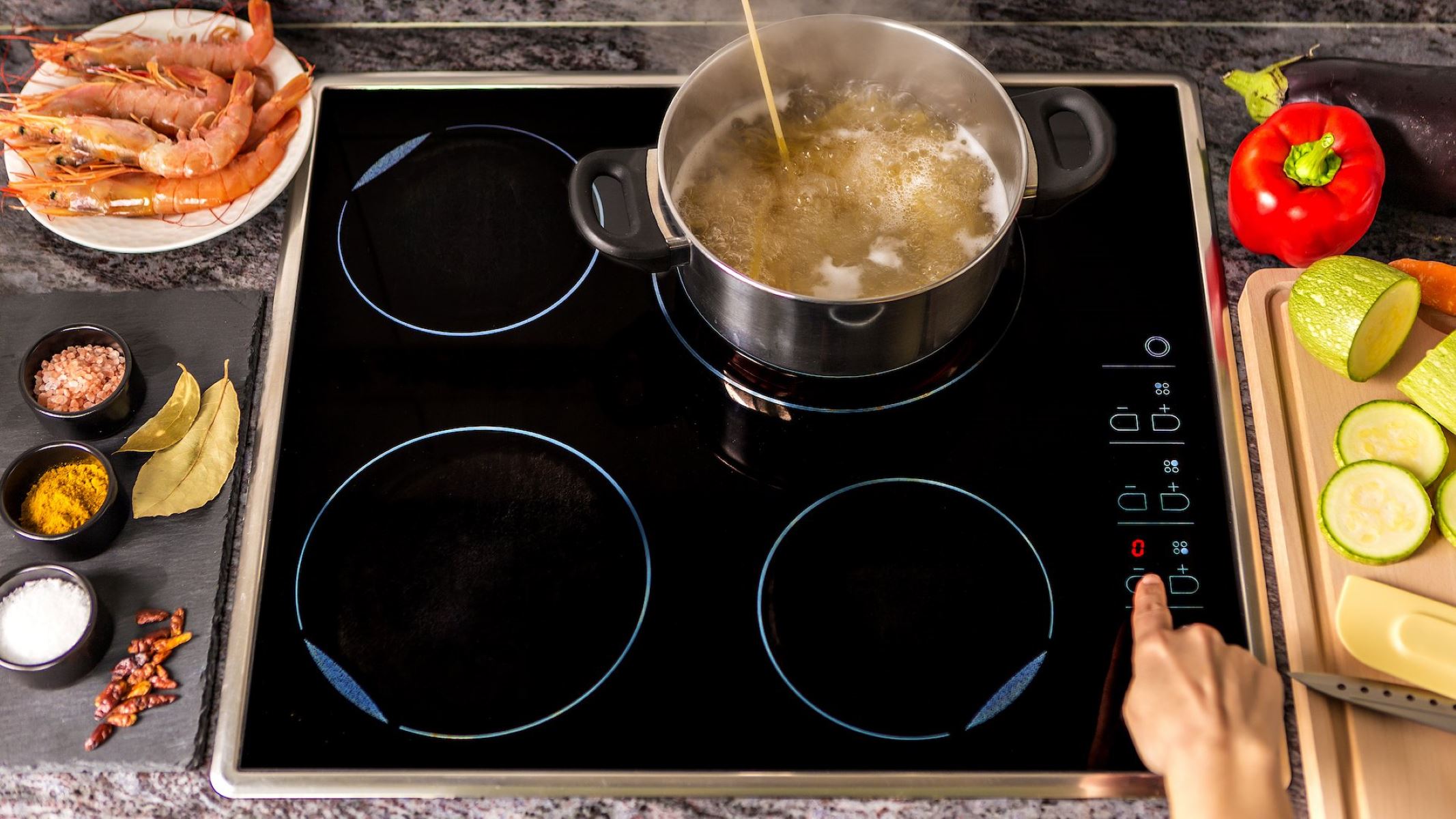
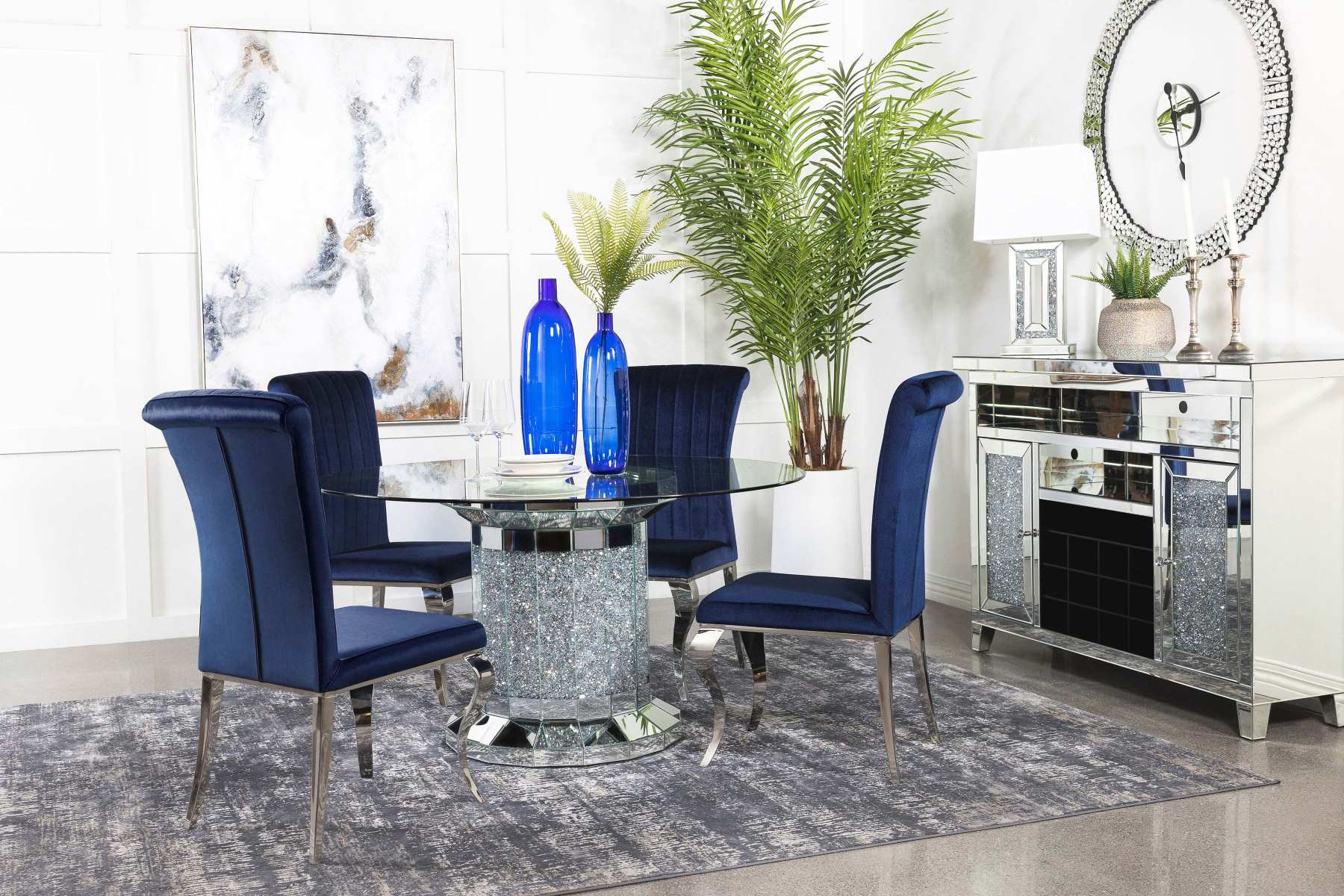
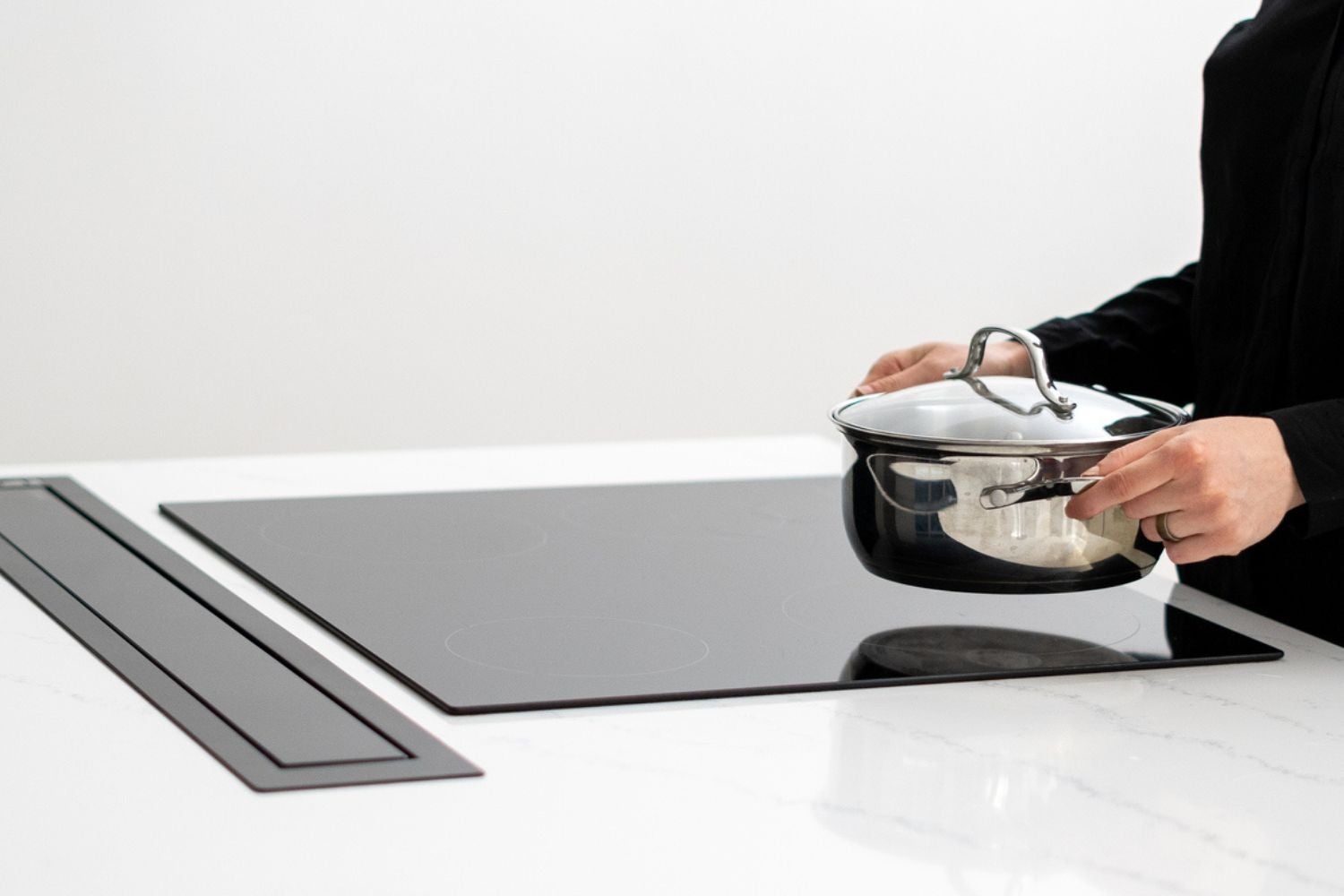
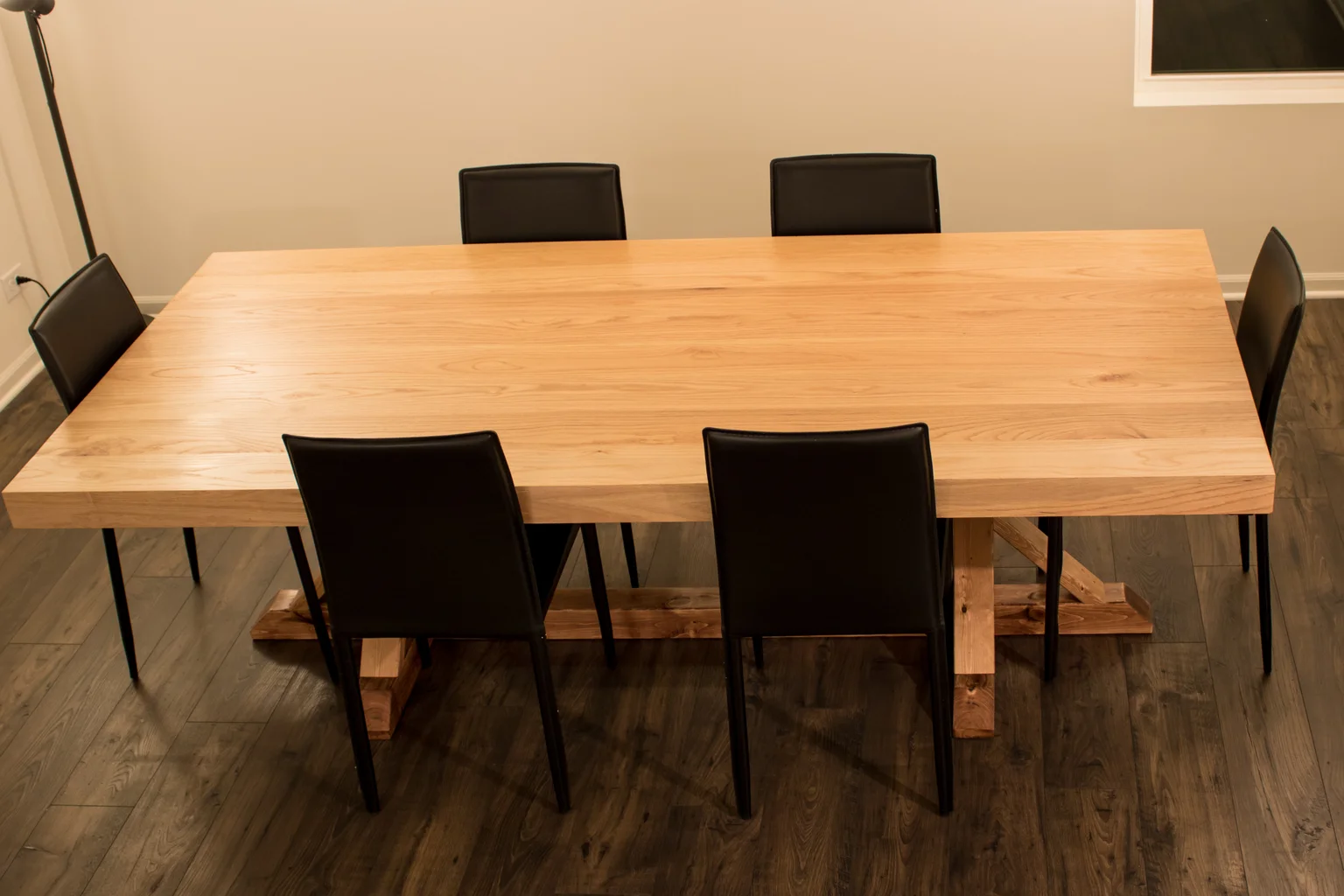
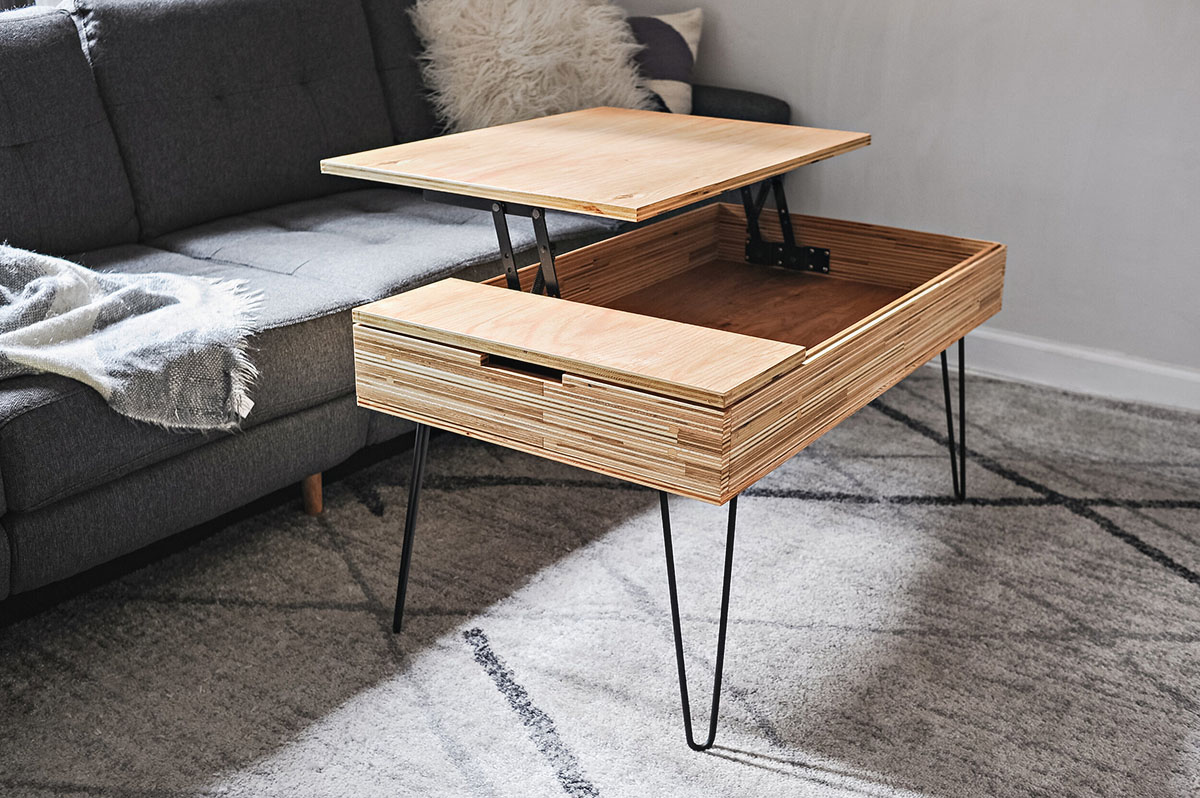

0 thoughts on “How To Secure Glass Table Top To Base”